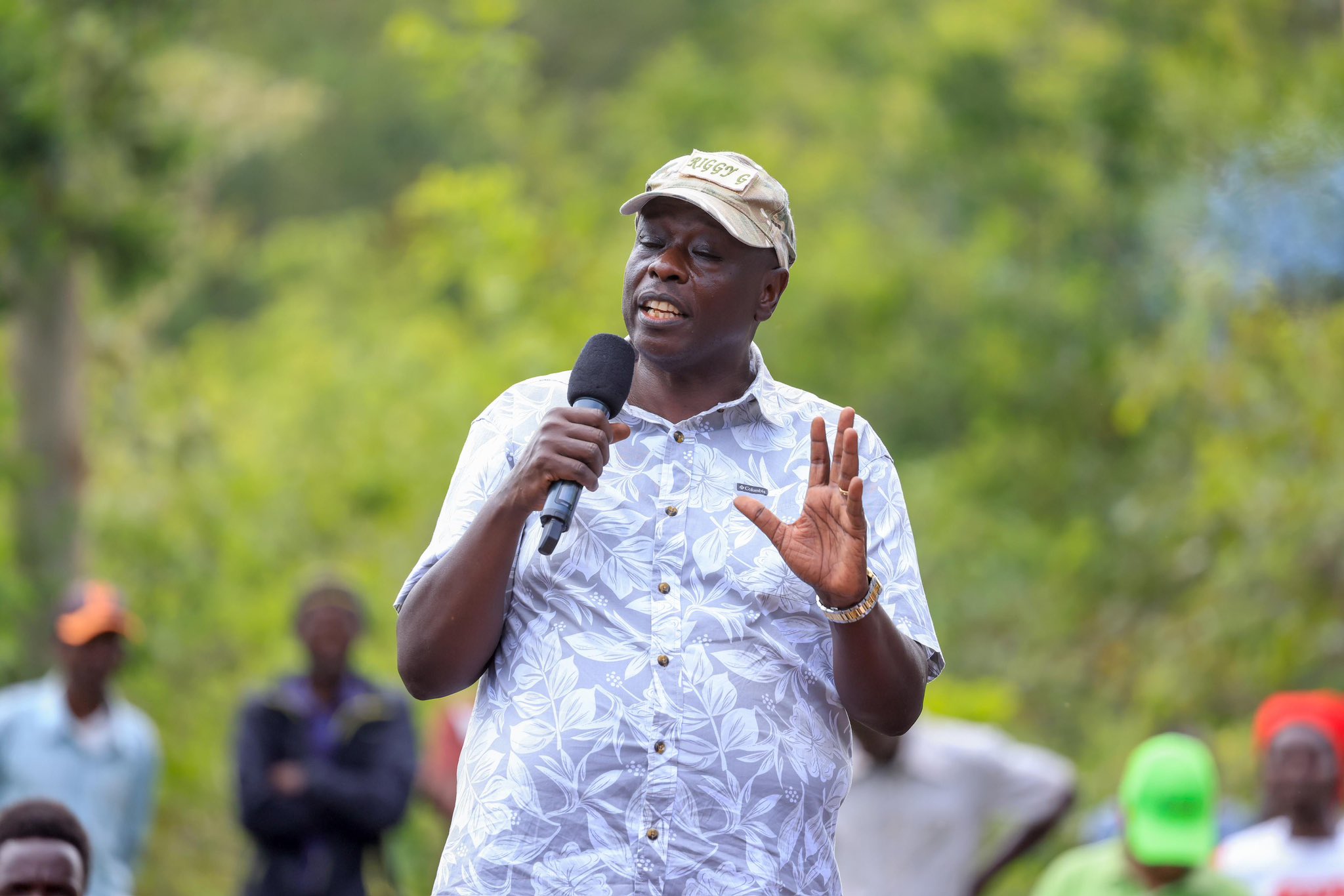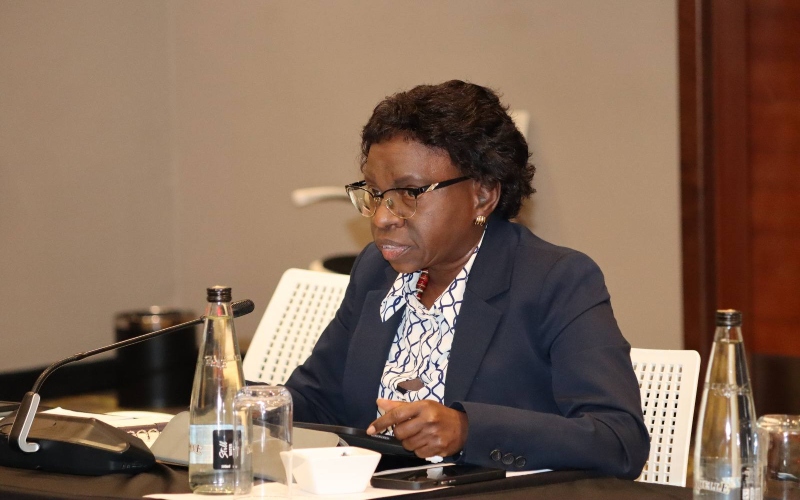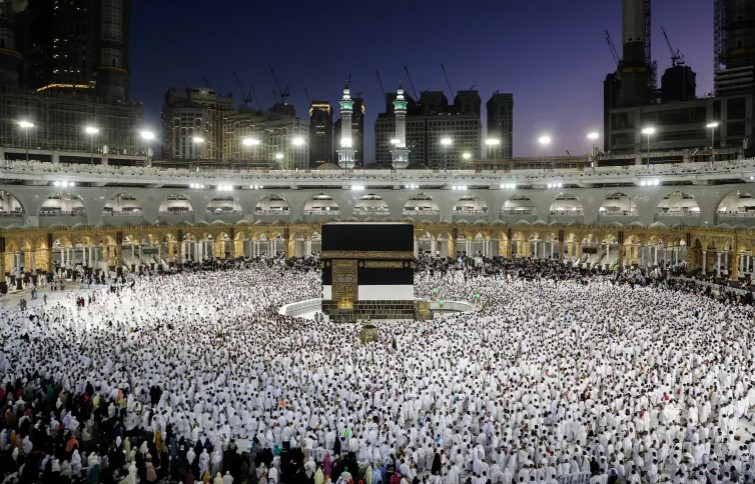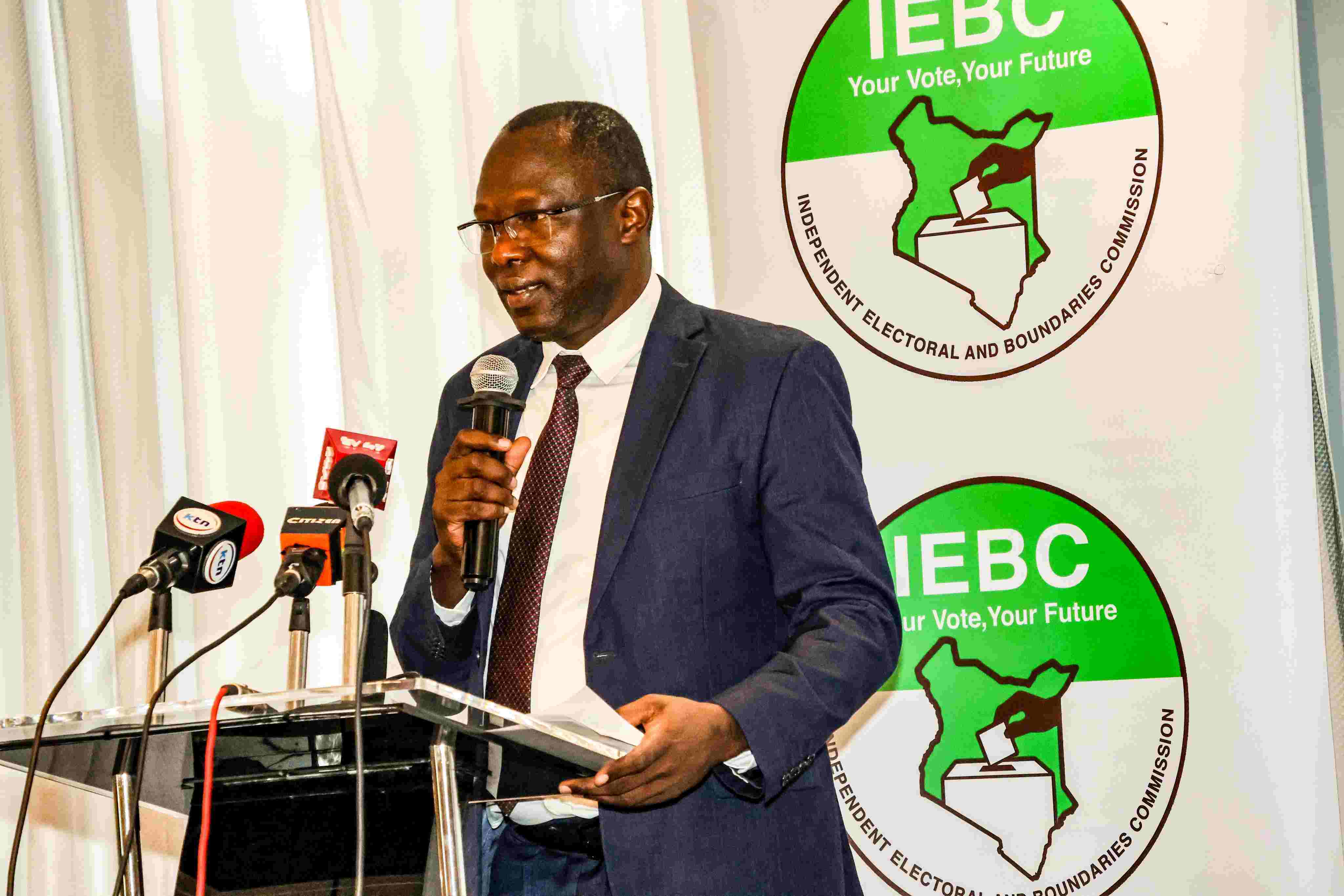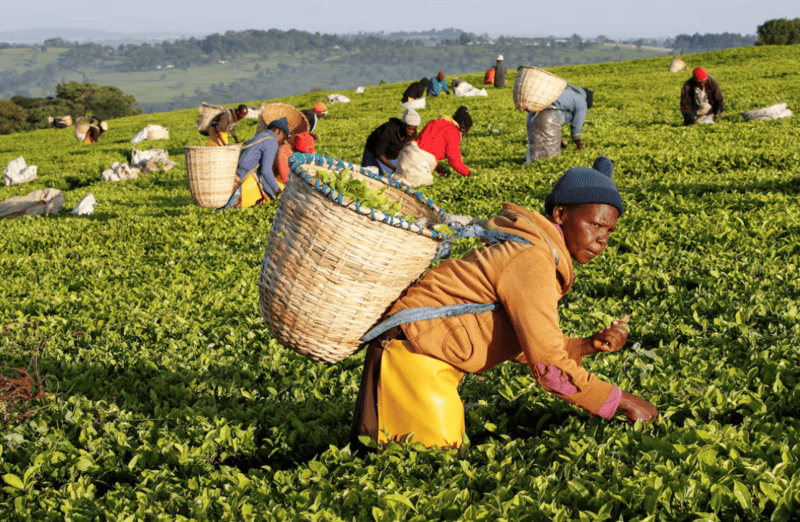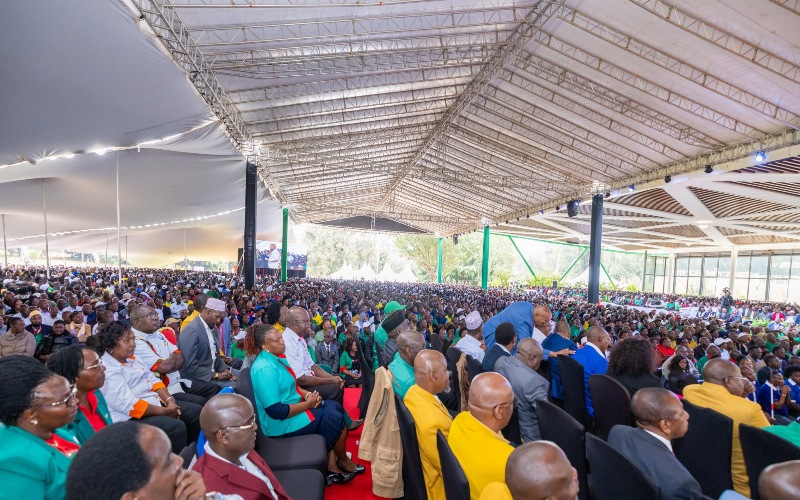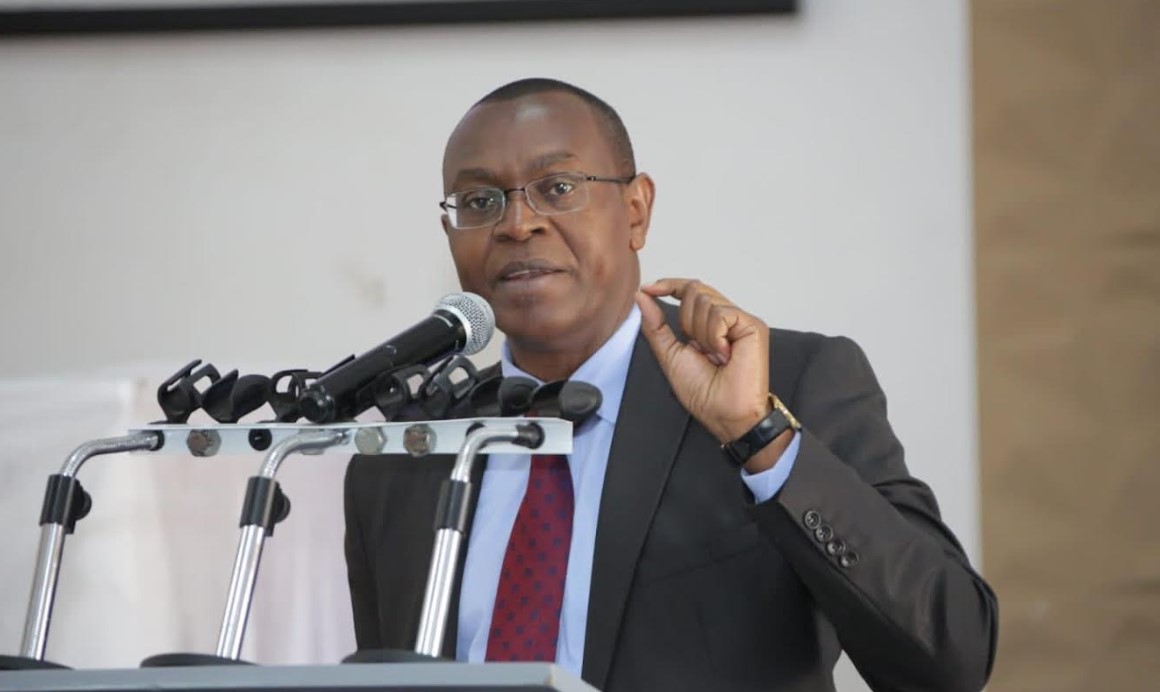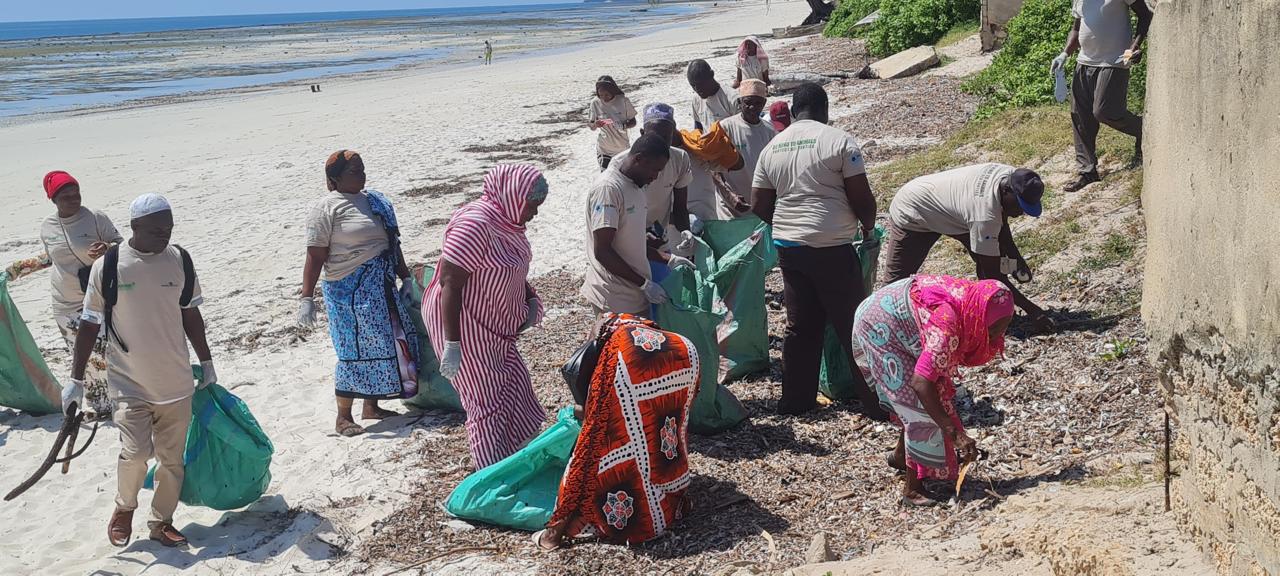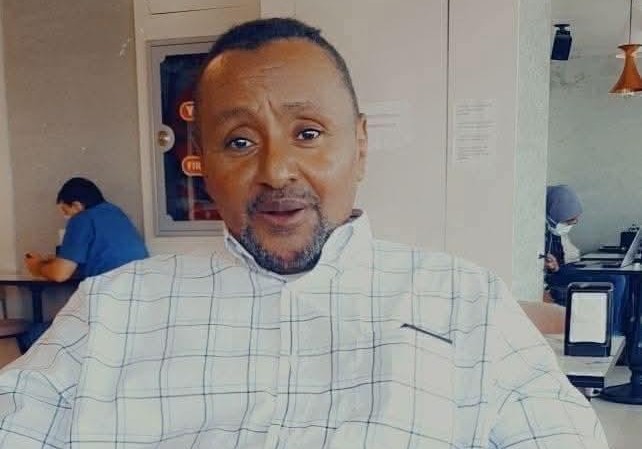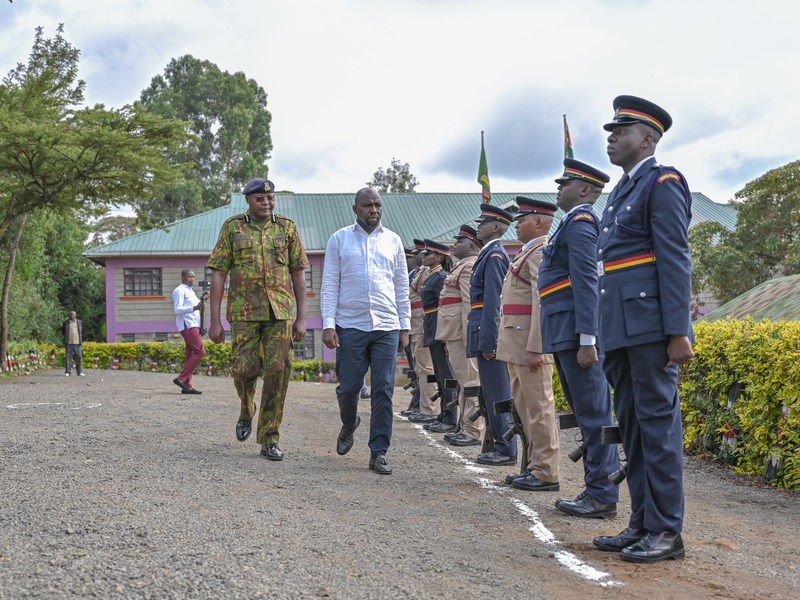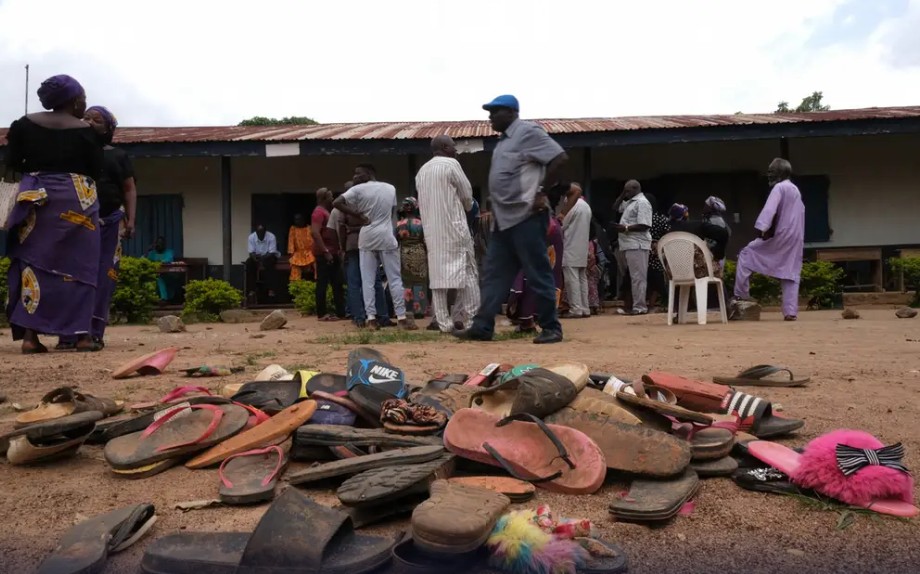Space agency outlines safety procedures for objects falling from space
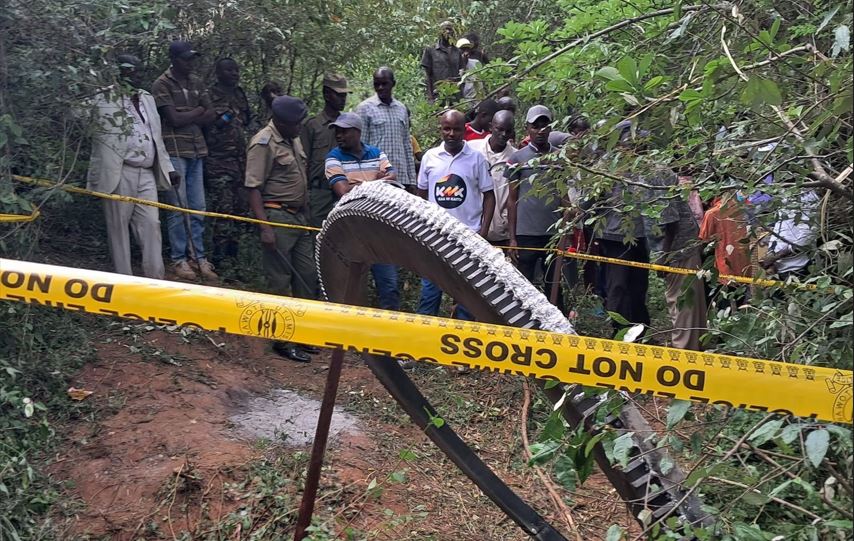
The agency noted that constant monitoring of how the satellites are moving helps to avert possible collisions between operational satellites in orbit and protect astronauts and other spacecraft.
The Kenya Space Agency (KSA) has outlined the global mechanisms established to promote the peaceful use of outer space. This follows Kenyans' concerns over the fall of a metallic fragment from a space object in Mukuku village, Makueni County.
The circular debris with an estimated weight of 500kilos and a radius of 1.2 meters made a thunderous fall while red hot in a thicket adjacent to Thwake River about two kilometres away from the Mukuku police post. Luckily nobody was injured during the incident.
More To Read
- Space debris: Will it take a catastrophe for nations to take the issue seriously?
- Kenya Space Agency shares must-know facts ahead of Sunday's lunar eclipse
- Kenya Space Agency warns over potential space debris re-entry this weekend
- Cabinet approves establishment of Kenya's space cooperation with Rwanda and Egypt
- Makueni County official suspended over controversial menstruation remarks
- State distances itself from compensation claim over space debris incident
Speaking during a public webinar on Saturday afternoon, experts from KSA reiterated their earlier call for calm, noting that all objects currently in space are under active monitoring through the various channels, including the AGI systems Toolkit, SpaceTrack.org, KeepTrack, and the NORSSTrack, all of which provide space situational awareness services and information to international satellite owners/operators, academia, and other entities.
Kenya has access to this data, as it is currently monitoring the Taifa 1 satellite, which was launched into space on April 14, 2023.
These platforms ensure timely tracking of space debris from defunct satellites, rocket stages, or other space objects that are no longer in their intended orbit and begin to fall back to the earth without a planned and controlled descent.
Such was the case of the debris that fell in Makueni County which remains one of the isolated cases of debris falling in occupied areas.
Ordinarily, space debris is designed to burn up as it re-enters the earth's atmosphere or fall over unoccupied spaces such as the oceans. Most of the debris burns up in the atmosphere, but larger objects may have some pieces survive re-entry.
The agency noted that constant monitoring of how the satellites are moving helps to avert possible collisions between operational satellites in orbit and protect astronauts and other spacecraft.
According to the United Nations Committee on the Peaceful Use of Outer Space, various technologies exist to avert such happenings. They include; drag augmentation systems for space debris mitigation, robotic capture systems, space tugs, laser ablation, and harpoon technology amongst others. That way, one is made to clear the way for the other.
According to KSA, the location of uncontrolled re-entries is unpredictable.
Once debris has fallen in such a manner, a risk analysis comprised of re-entry trajectory, characteristics of fragments surviving to the ground (mass, size, and material), casualty area of each fragment, total casualty area, total casualty probability to a population versus declared re-entry area is assessed as part of due process.
The agency, however, noted that for a long time, re-entry safety has been neglected under the wrong assumption that any re-entering object including massive spacecraft, can always completely break apart when not performing non-destructive controlled re-entry.
The claim that the debris that fell in Makuku village was from one of the two small satellites that had been launched by the India Space Research Organisation (ISLO) on the same day was further clarified as misleading.
The agency noted that the PSLV-C60 was launched from ISRO's Satish Dhawan Space Centre in Sriharikota with stage separation events occurring over the designated downrange ocean safety corridor.
"The recovered object is located far from this corridor. The PSLV-C60 was launched at 7:30EAT and stage separation debris would have re-entered the atmosphere shortly after launch, consistent with the trajectory's ocean impact zone. Eyewitness reports however place the object's re-entry in Mbooni East appropriately at 3 pm EAT hours before the PSLV-C60 launch," the agency explained.
It added that it was confirmed that all PSLV-C60 stage separations followed the planned flight path and fell within the designated oceanic impact zones, indicating that the recovered object is unrelated to the PSLV-C60 mission.
The object that fell in Makunei took a while to unravel its source due to sparse and inaccurate tracking data at the time, its complicated shape, and the unknown attitude evolution of the re-entering object.
Top Stories Today

